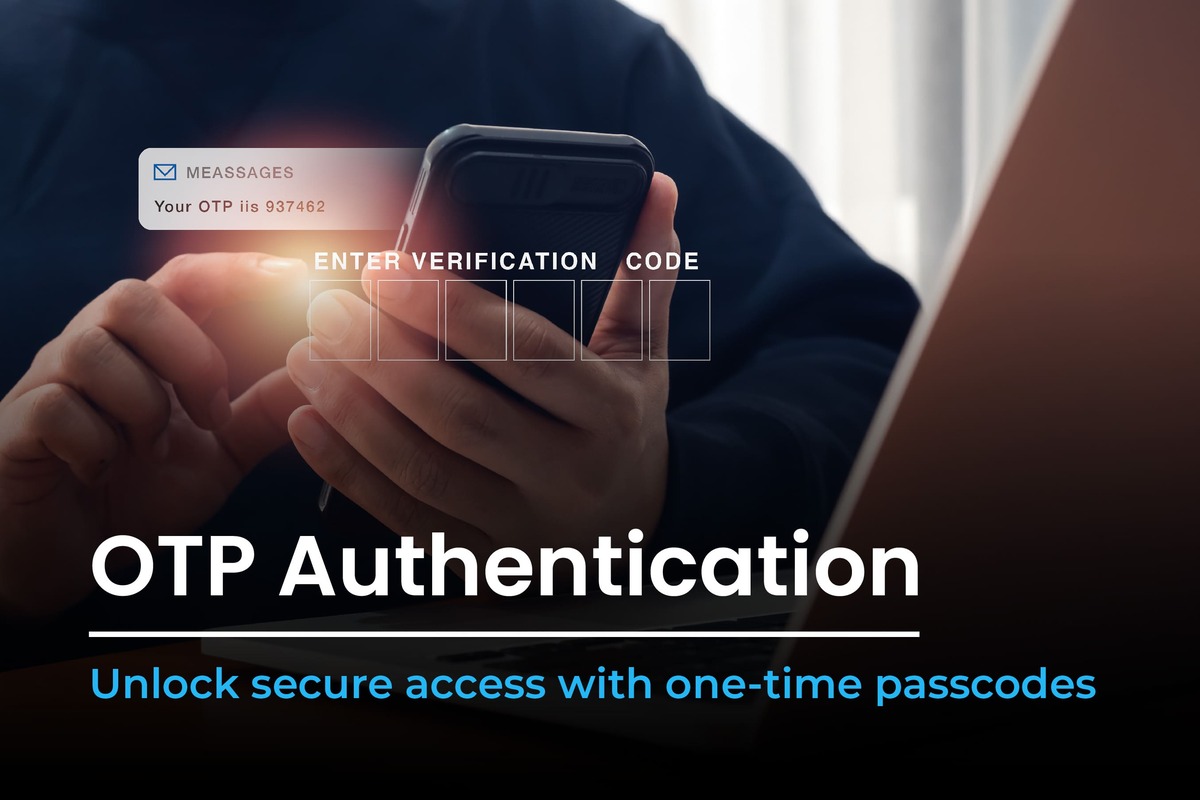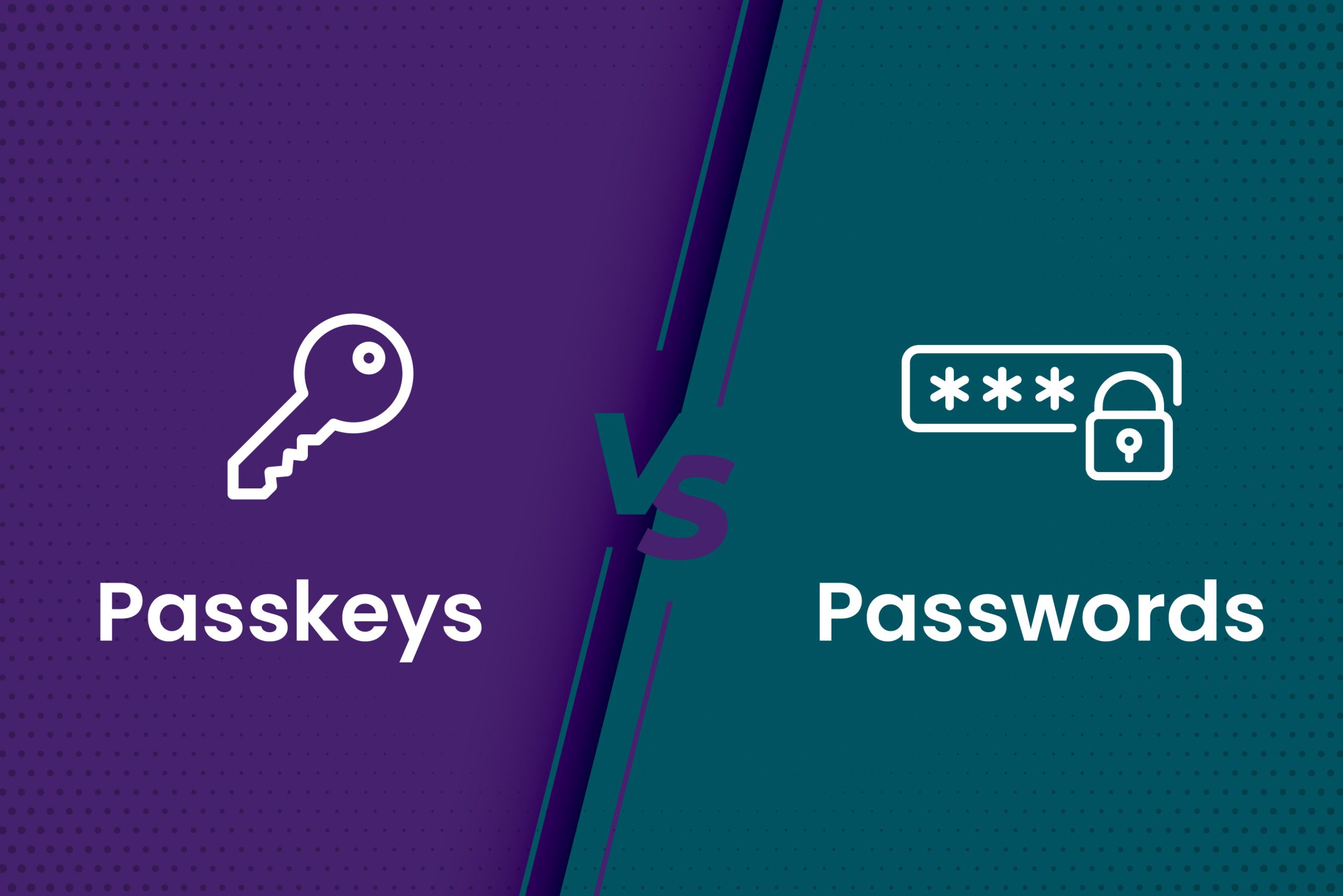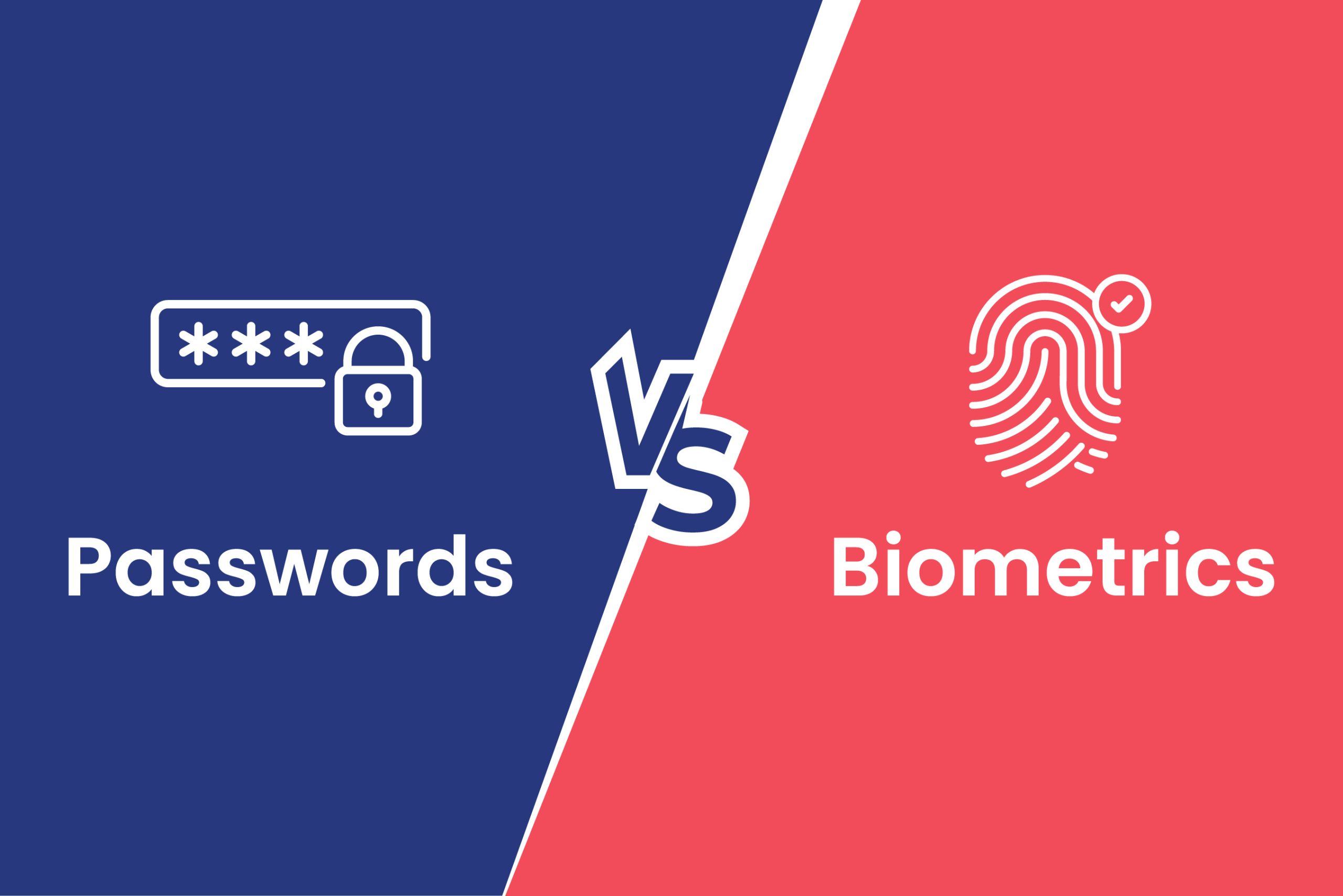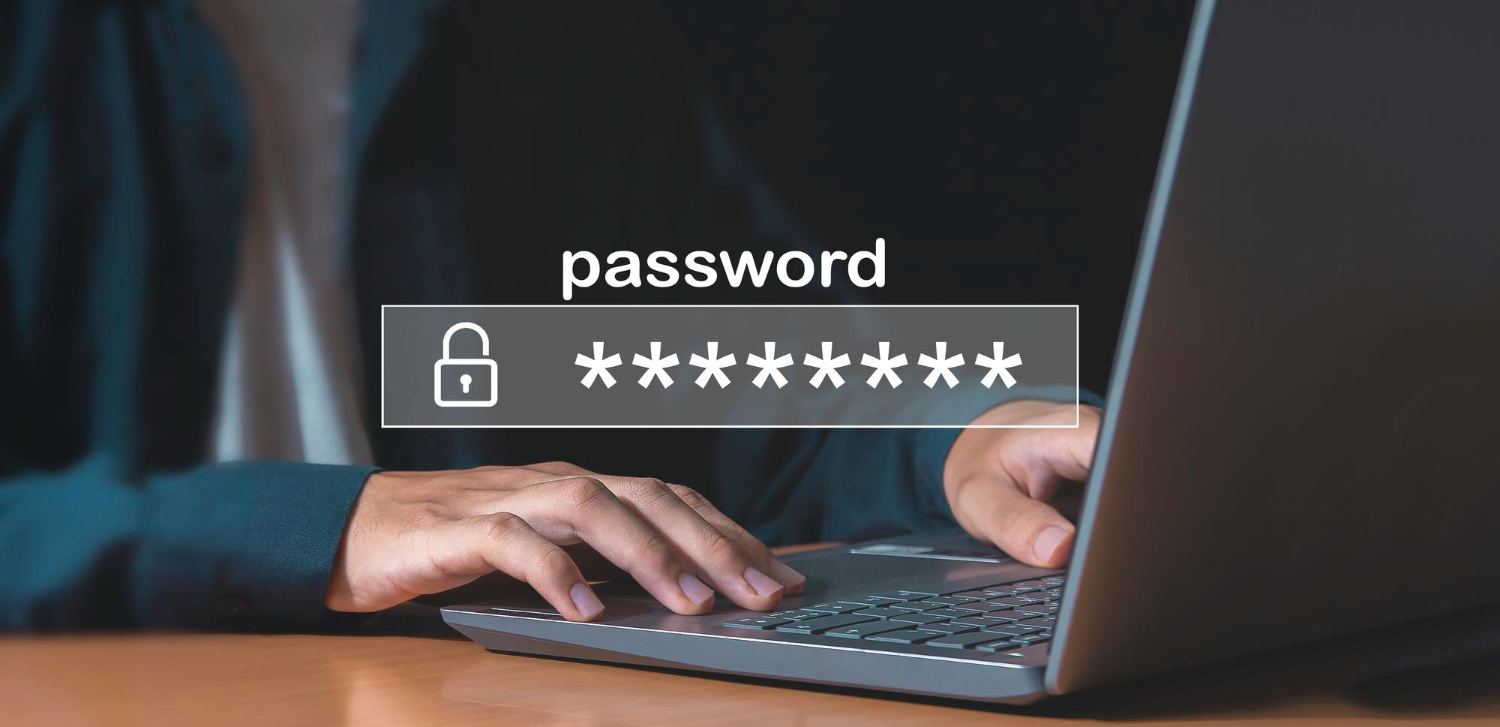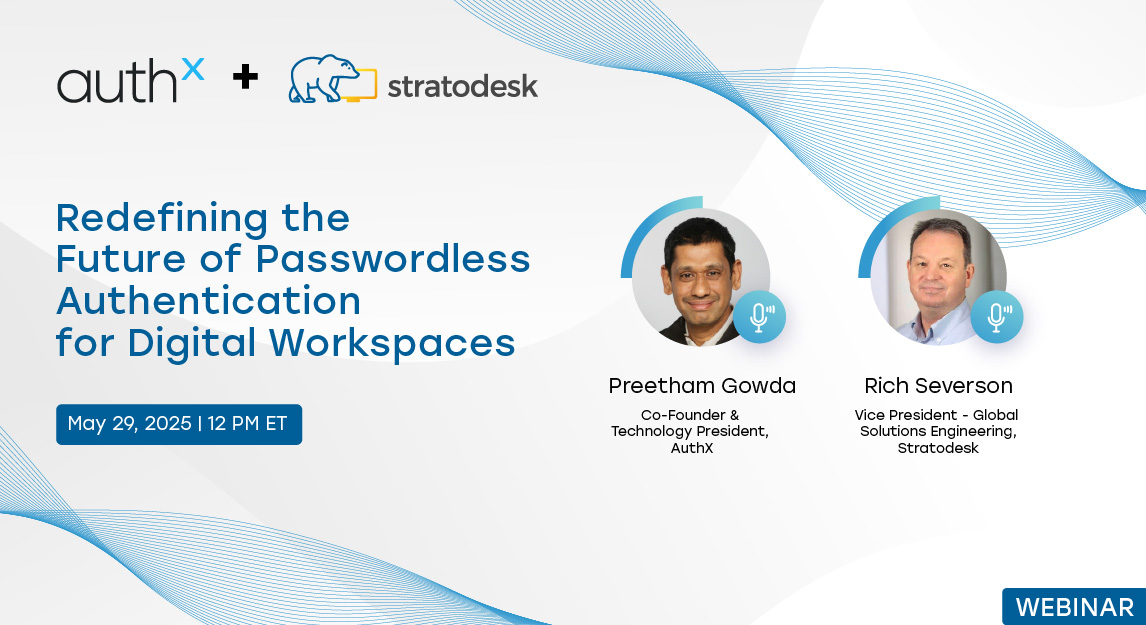We’ve all been there: constantly entering passwords in the hopes of remembering that one unique combination we created years ago. However, relying on passwords is no longer secure as cyber threats have become more sophisticated. Did you know that 75% of Americans find tracking or managing their passwords difficult? This frustration often leads to poor security practices, like reusing weak or easily guessable passwords. It might be time to reconsider your approach if you continue to secure your accounts using traditional passwords. One solution gaining traction is One-Time Passwords (OTPs), a smarter, more secure alternative that minimizes these risks.
This blog will explore what is OTP authentication, how it works, and why it’s a game-changer in authentication. It will also explore how AuthX integrates OTP for enhanced security in an easy-to-implement and user-friendly way.
What is a One-time Password (OTP)?
One-time passwords, or OTPs, are exactly what they sound like temporary, single-use tokens. They are only good for one session or transaction, so even if a hacker tracks the code, they cannot reuse it. OTPs are often used as an additional layer in two- or multi-factor authentication (MFA). They protect sensitive data by restricting access to authorized individuals.
How Does OTP Authentication Work?

Types of OTP Authentication: HOTP vs. TOTP
There are two types of OTPs: HOTP (Hash-based) and TOTP (Time-based). Each has advantages, and understanding the differences can help you choose the best option for your security needs.
1. Hash-Based One-time Password (HOTP)
HOTP is an event-driven system that creates OTPs by incrementing a counter with each request. The counter increases when the OTP is entered, and the OTP becomes invalid.
Example: Think of HOTP as a vending machine. You click a button to receive a token, and the machine grants you access until the next button press resets it.
While user-friendly, HOTP has certain downsides. If an attacker gets the event count or intercepts the code, they can use it before it expires.
2. Time-based One-time Password (TOTP)
TOTP generates a new one-time code every few seconds based on the current time. This method is incredibly secure because the code quickly expires.
Example: Consider a game’s countdown clock ticking away; you just have a few seconds to enter the code before it is invalid.
TOTP is considered more secure than HOTP because it is only valid for a limited time, minimizing the possibility of an attack.
Our recommendation? TOTP, especially for industries where security is critical, like healthcare and finance.
Common OTP Delivery Methods
There are various methods through which OTPs can be delivered, each with its pros and cons. Let’s break them down:
- SMS/Call: SMS OTP and call-based OTP are convenient and widely accessible but vulnerable to risks like SIM swapping. While convenient, it’s only sometimes the safest.
- Email: OTPs can also be delivered via email. However, if an attacker compromises your email account, they could easily intercept the email OTP. Despite the risks, this method is widely used for its simplicity.
- Messaging Apps: OTPs sent through encrypted messaging apps such as WhatsApp are more secure than SMS. They provide a better option for privacy and protection.
- Hardware keys (e.g., YubiKey): A physical device that creates OTPs. These are the gold standard in security, but they are inconvenient to carry.
- Authenticator Apps (e.g., AuthX Authenticator, Google Authenticator): These apps generate one-time passwords (OTPs) on your device without requiring an internet connection. The security is critical since the OTP is created locally, making it difficult for adversaries to intercept.
Industries Using OTPs for MFA
Some industries rely heavily on OTPs as part of their MFA setup:
- Finance & Banking: In finance, OTPs play a crucial role in protecting online transactions and sensitive data. They add an extra layer of security, helping prevent unauthorized access to accounts and reduce the risk of fraud, which is essential in an industry that deals with vast amounts of financial information daily.
- Healthcare: OTPs in healthcare are used to secure access to electronic health records (EHRs) and comply with regulatory standards like HIPAA. By adding another authentication factor, OTPs help ensure only authorized personnel access patient data, supporting both patient privacy and legal compliance.
- E-commerce & Retail: E-commerce platforms often rely on OTPs to secure customer accounts, especially during peak shopping periods when fraud risks are higher. OTPs help protect user accounts and secure transactions, creating a safer shopping experience and building customer trust.
- Government & Public Sector: OTPs are integral for securing citizen portals and protecting sensitive information within government platforms. With OTPs, government agencies ensure that only verified users access services, keeping citizen data secure and reducing the risk of breaches.
- Telecommunications: In the telecom industry, OTPs are commonly used to secure customer accounts and prevent fraud, including risks like SIM-swapping attacks. They add a level of protection that is vital for account management, helping maintain user trust in secure and seamless communications.
- Technology: In the technology industry, OTPs provide a critical safeguard for accessing sensitive data and intellectual property. They help protect against unauthorized access to internal systems, especially in a remote work environment where securing endpoint devices and remote access is vital.
- Education: Education institutions use OTPs to protect student and staff accounts, ensuring secure access to online learning platforms, internal systems, and exams. OTPs prevent unauthorized access, supporting academic integrity and secure management of personal information.
Why Choose OTP Authentication?
Benefits of Using One-Time Passwords
There’s no doubt that OTPs bring substantial security benefits. Here are a few key reasons why businesses are adopting this method:
- Increased Security: One-time password security brings substantial benefits in terms of securing user accounts. Because OTPs are temporary and unique, they are significantly safer than standard passwords. Even if an attacker gets an OTP, it is useless once it has been used or expired.
- No Need for Complex Passwords: Users no longer need to memorize complex passwords. OTPs reduce password fatigue by providing a quick and simple authentication option.
- Additional Layer of Security for High-Risk Actions: OTPs are especially useful for verifying high-risk transactions, such as transferring funds or making significant changes to an account.
- Easy Integration: OTPs are popular for various reasons, including their ease of implementation. Whether via apps or SMS, they connect smoothly with most systems, providing a hassle-free security solution.
Drawbacks of One-Time Passwords
While OTPs are a fantastic security tool, they aren’t without challenges. Here are some drawbacks to consider:
- Delivery Issues: OTPs rely on delivery methods such as SMS or email. If the OTP is delayed or in a spam folder, the user experience can be compromised.
- Vulnerabilities to Phishing: Phishing attacks can trick users into revealing their OTPs, especially if they aren’t careful. Even though OTPs are secure, they must be foolproof against human error.
- Device Dependency: If the device generating the OTP (e.g., an app or hardware token) is lost or damaged, it could lock users out of their accounts until the issue is resolved.
Integrating OTP Authentication with AuthX
At AuthX, we believe user experience shouldn’t be compromised for security. The authentication process must balance robust security and seamless user experience. That is why we have simplified the One-time Password (OTP) authentication process for organizations, allowing smooth integration without complex coding. Whether you’re using OTPs for user logins or critical transactions, we make the process simple and secure.
Our no-code workflows, SDKs, and APIs enable businesses to integrate OTP authentication quickly. We ensure that the process is secure and intuitive for users, reducing frustration and improving overall user experience.
Final Thoughts: Is OTP Authentication Right for You?
In the digital world, security cannot be overlooked. OTP authentication is one of the most effective methods for protecting your users and data. OTP authentication is worth considering if you want to improve security without compromising user experience. Whether you’re protecting consumer accounts, sensitive data, or internal systems, OTPs are a simple yet efficient solution to combat cyber threats.
At AuthX, we’re all about helping you make security simple. Whether you wish to use OTPs for the first time or streamline your existing authentication system, our platform makes the process simple and secure. Contact us today to learn how OTP authentication can improve your company’s security posture.

